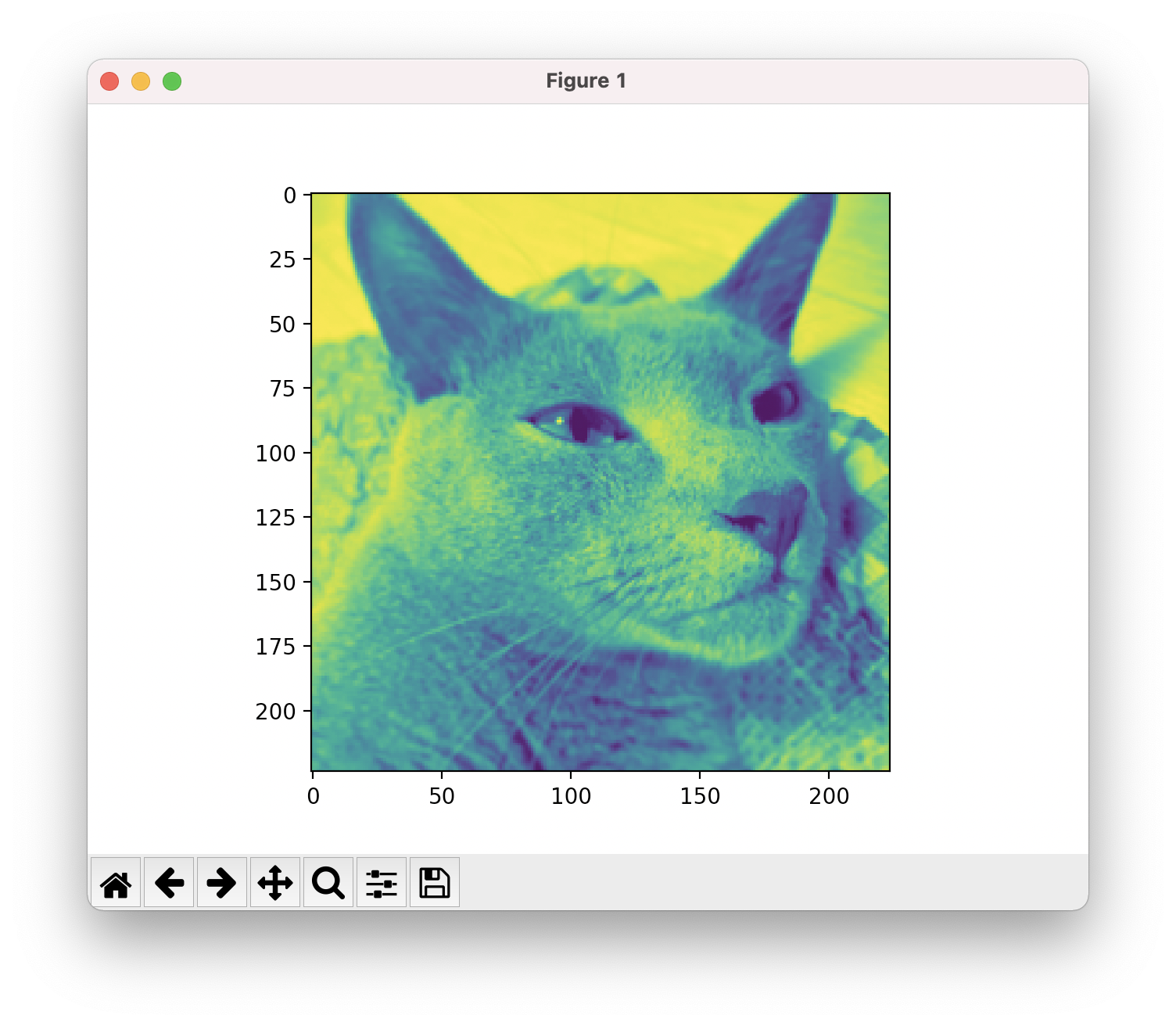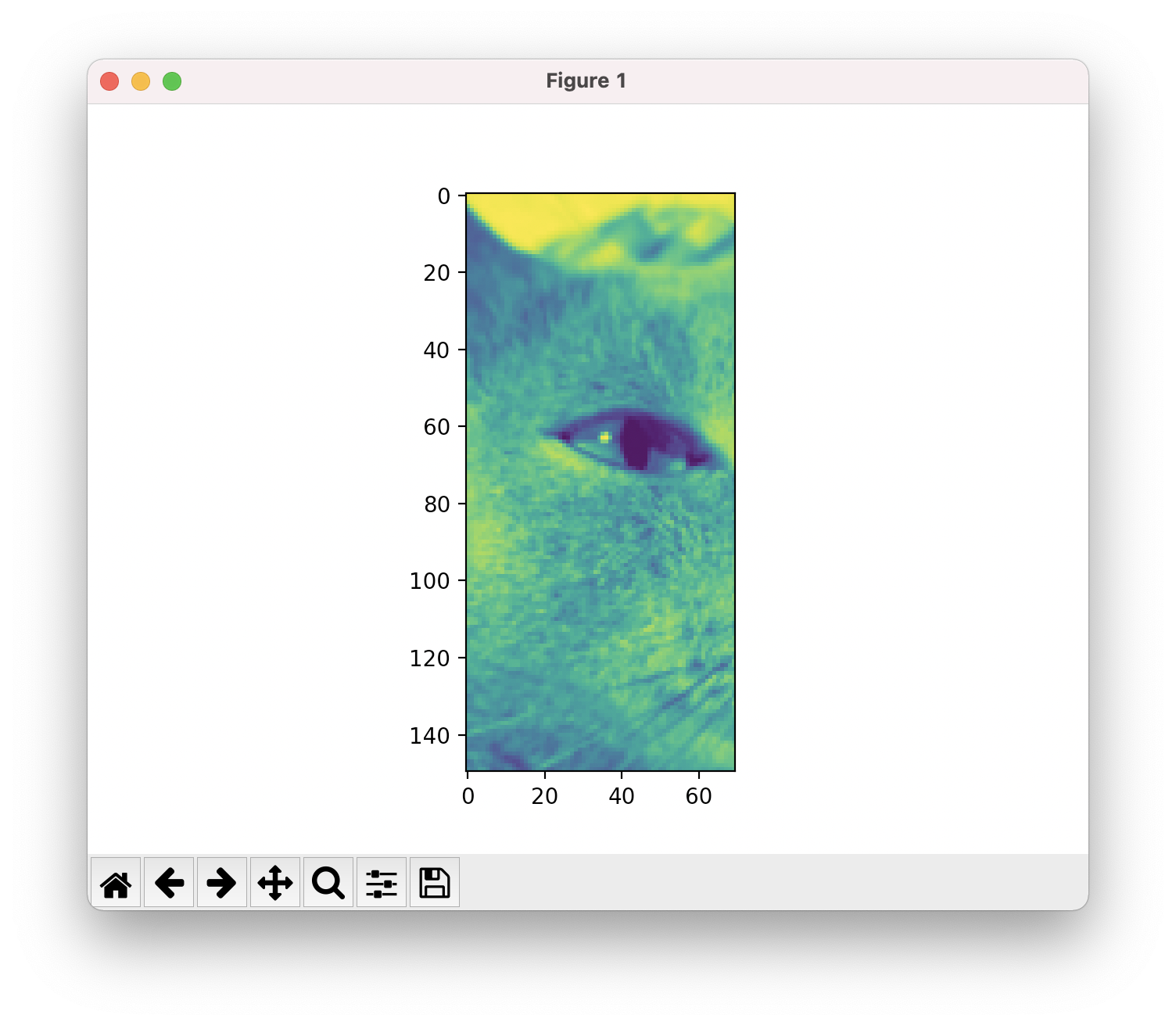1
2
3
4
5
6
7
8
9
10
11
12
13
14
15
16
17
18
19
20
21
22
23
24
25
26
27
28
29
30
31
32
33
34
35
36
37
38
39
40
41
42
43
| import torch
from torch.autograd import Variable
import numpy as np
def get_data():
train_X = np.asarray([3.3,4.4,5.5,6.71,6.93,4.168,9.779,6.182,7.59,2.167,7.042,10.791,5.313,7.997,5.564,9.27,3.1])
train_Y = np.asarray([1.7,2.76,2.09,3.19,1.694,1.573,3.366,3.596,2.53,1.221,2.827,3.465,1.65,2.904,2.42,2.94,1.3])
dtype = torch.FloatTensor
X = Variable(torch.from_numpy(train_X).type(dtype),requires_grad=False).view(17,1)
y = Variable(torch.from_numpy(train_Y).type(dtype),requires_grad=False)
return X,y
def get_weights():
w = Variable(torch.randn(1),requires_grad=True)
b = Variable(torch.randn(1),requires_grad=True)
return w,b
def network(x):
y_pred = torch.matmul(x,w)+b
return y_pred
def loss_fn(y,y_pred):
loss = (y_pred-y).pow(2).sum()
for param in [w,b]:
if not param.grad is None: param.grad.data.zero_()
loss.backward()
return loss.data
def optimize(learning_rate):
w.data -= learning_rate * w.grad.data
b.data -= learning_rate * b.grad.data
learning_rate = 1e-4
x,y = get_data()
w,b = get_weights()
for i in range(500):
y_pred = network(x)
loss = loss_fn(y,y_pred)
if i % 50 == 0:
print(loss)
optimize(learning_rate)
|



